India is a a long stretch of tapering land increasingly surrounded by sea and ocean. The more south you get, the more the subcontinent looks and acts like Florida or the Gulf states of the USA.
India has the Arabian Sea to the west and the Bay of Bengal to the east. In south India, storms in both bring the yearly monsoon, which is the rain water for the year. If the monsoon is too little, the people of India face drought. If the monsoon is too much, there is flooding. And if there is an earthquake in the Pacific, there are tsunami waves.
The Tsunami Waves of December 24, 2004
We experienced what tsunami waves can do on December 26, 2004. In less than half an hour, two tsunami waves at a height of 10-12 feet crashed into the coast of Tamil Nadu. The first one destroyed many buildings, primarily of fishing villages but also even on the main beach of Chennai. The second hit about 5 minutes later. Probably more were killed in the second wave, as the debris from destroyed buildings hit and killed thousands.
It is estimated that around 150,000 men, women and children were killed then. The survivors then had to get medical care, food, and over time, rebuild their lives. We were there to bring Jesus to the survivors. And then we also gave, with the help of blessed people in America, sets of boats-and-nets to get the survivors back to work so they could eat and begin to take care of themselves in the self help groups we formed. This could not have been done without prayer, the help of believers here and there, the volunteers from the congregations, the leadership of Jesus and the grace of God.
The following videos have been pulled together from various on-site survivors, not only in south India but also Sri Lanka, Malaysia, and Indonesia, all hit by the same tsunami. Not many people with cameras were on the beach and survived, but this Youtube footage will help in understanding the scale and horror: “tsunami in chennai marina beach 2004”
The Great Chennai Flood of November-December, 2014
November-December, 2014 saw rains that began in October and did not end until December 7th. What started as welcome rains grew to be flooded conditions. And then the rains continued and continued. Along the coast in Andhra Pradesh and Tamil Nadu, rivers and lakes overflooded their banks. The ground absorbed so much water that it couldn’t absorb any more and there was further flooding in the villages.
It was even worse in the city of Chennai, with its 15 million people, spread out over 125 square miles. As the city has grown so rapidly in the past 15 years, land that had been lake bed was taken over for housing. And now the flooding waters demanded the land back, causing tens of thousands to lose their houses and their huts, as well as everything they owned at ground level.
In both these disasters, and in smaller but no less painful disasters like the homes of believers burnt to the ground or the loss of crop and jobs when a drought comes or the loss of work when persecution strikes, Disaster Response is the way to show Jesus in the middle of pain, loss, and suffering.
Over the past 65 years, since Arthur and Ruth Morris moved to the village of Madrapakkam, Disaster Response has built up ways to meet the needs of disaster survivors even when resources are scarce.
The backbone of the Disaster Response ministry is local congregations and volunteers willing to travel to the disaster scene. There first aid and boiling of water can help the survivors in the earliest stages of recovery. After that, the trauma of the disaster takes time and prayer for the survivor to recover. Meanwhile, they have to get clothes and kitchen pots-and-pans and bedding. Above all, the self-help group of survivors with experienced volunteers assisting helps overcome the shock and get the survivors back into a condition where they can take care of themselves.
And be available to help other survivors when the next disaster strikes. Only God knows when that will be, but there will be more. At the moment, though, the Disaster Response ministry has its hands full with the 2014 flood recovery.

